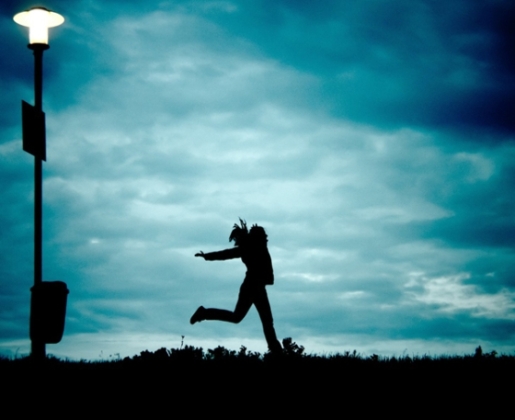Is Blue Lighting Bad For You?
Blue lighting can be found in your phone; it's what makes the screen light up when you have a text or call, or when you're watching a YouTube video. But think again if you reckon watching a relaxing video of cats playing will send you off to dreamland—blue light actually makes yo

Blue lighting can be found in your phone; it’s what makes the screen light up when you have a text or call, or when you’re watching a YouTube video. But think again if you reckon watching a relaxing video of cats playing will send you off to dreamland—blue light actually makes you feel more awake.
Richard Wiseman, Professor of the Public Understanding of Psychology at the University of Hertfordshire, commissioned a study with YouGov in 2014 to see how many people were using their phones before bed, and found that 78% of adults did. Only last year, a US study done in California found that using phones or tablets before bed made people get less sleep.
The problem with blue light is that it slows the production of the sleep-inducing hormone melatonin, so exposing yourself to the light late at night is a recipe for bad sleep as well as groggy mornings. This can be a particular problem for teenagers, who need more sleep than adults but whose body clock is naturally set several hours later.
Because our bodies are still programmed to its circadian rhythm, or the body’s natural clock, exposure to blue light will only confuse our body’s sensors. Humans are particularly sensitive to blue light, so exposing our bodies to so much of it late at night will confuse the body and make it think that it’s morning.
Other studies done on blue light have revealed that those using blue light-emitting devices before bed experience a worse quality of sleep and less of it altogether, on top of making it more difficult to wake up in the mornings.
Once these patterns are understood, they can be confronted and changed. Apple have recently introduced a method to change the blue tone of the screen to a warmer yellow as the evening wears on, and we provide colour temperatures on a number of our lightbulb pages as well as a handy colour temperature chart so you can pick a light with a yellower tone that won’t confuse your body’s rhythms so much.

Technology is here to stay, and we are discovering new ways we react to it all the time. Inventions such as smart lighting are making leaps and bounds, and we will find the best way to balance our digital needs and our body’s natural clock soon—experiments are already being done.
